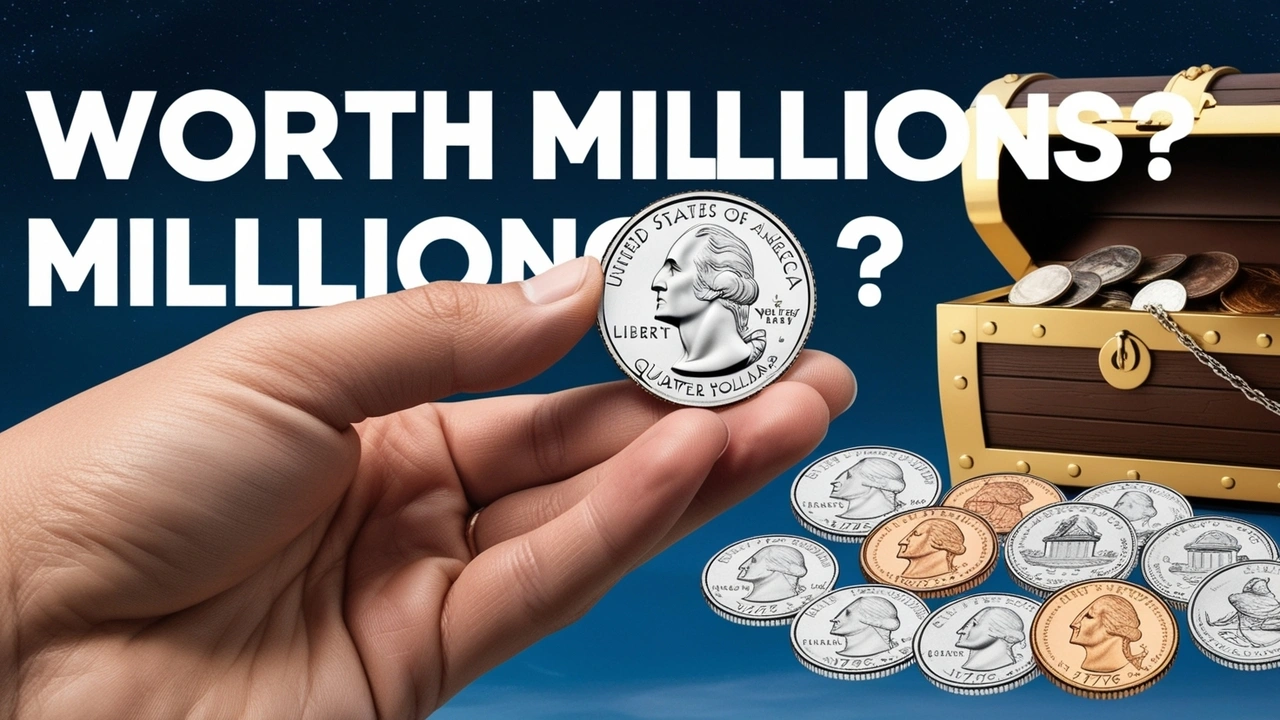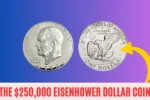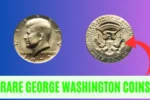The 1776-1976 Bicentennial Quarter holds a special place in U.S. history. Created to celebrate the 200th anniversary of the signing of the Declaration of Independence, this coin features a unique design that has captivated collectors and history enthusiasts alike. But how much is it really worth? Let’s explore its historical significance, design, and factors that affect its market value.
Quick Facts About the 1776-1976 Bicentennial Quarter
| Feature | Details |
|---|---|
| Purpose | Commemorates 200 years of American independence. |
| Design | Drummer boy on the reverse, George Washington on the obverse. |
| Mint Years | 1975 and 1976 (dual-dated 1776-1976). |
| Composition | Clad (copper-nickel) and silver (40%) varieties. |
| Mint Marks | Philadelphia (no mark), Denver (D), San Francisco (S). |
| Production | Over 1.6 billion quarters minted. |
| Value Range | 25 cents to hundreds of dollars, depending on rarity and condition. |
Historical Background of the Bicentennial Quarter
The U.S. Mint introduced the Bicentennial Quarter as part of a coin series marking the country’s bicentennial in 1976. Alongside the quarter, the Mint also released special half dollar and dollar coins. What sets the Bicentennial Quarter apart is its dual date—“1776-1976”—which commemorates the two centuries since the Declaration of Independence was signed.
The reverse design, created by artist Jack L. Ahr, features a colonial drummer boy surrounded by a torch and 13 stars, representing the original 13 colonies. This patriotic imagery, paired with its limited two-year minting period, makes the coin especially collectible.
What Makes the Bicentennial Quarter Unique?
1. Dual-Dated Design:
The standout feature of the 1776-1976 Bicentennial Quarter is its dual date (1776-1976), which makes it distinct from other quarters. This commemorative design marks it as a historical memento rather than just a regular coin.
2. Diverse Composition:
While most Bicentennial Quarters are made of a copper-nickel clad alloy, the San Francisco Mint produced a limited number of silver 40% versions, particularly in proof sets. These silver coins are much more valuable due to their metal content and their relative rarity.
3. Popularity Among Collectors:
Released during a time of heightened national pride, the Bicentennial Quarter quickly became a popular collector’s item. Its historical significance, coupled with its eye-catching design, has ensured it remains highly sought after by numismatists.
How to Determine the Value of Your 1776-1976 Bicentennial Quarter
Several key factors influence the value of a Bicentennial Quarter:
1. Condition of the Coin:
The condition of the coin plays a huge role in determining its value. Coins in uncirculated or mint condition can fetch higher prices than those that are worn or damaged.
- Circulated Coins: Typically worth face value (25 cents).
- Uncirculated Coins: These can range from $1 to $10, depending on their grade and condition.
2. Mint Marks:
Check the reverse side of the coin for the mint mark, located below the colonial drummer.
- No Mint Mark: Produced in Philadelphia.
- D Mint Mark: Minted in Denver.
- S Mint Mark: Issued by the San Francisco Mint, often as proof or silver versions.
Coins with the “S” mint mark, especially those in silver, are particularly valuable.
3. Rare Varieties and Errors:
Certain Bicentennial Quarters feature minting errors that can increase their worth. These can include:
- Doubled Die Errors: Coins with slight doubling in the design details are worth hundreds of dollars.
- Off-Center Strikes: Coins that are not perfectly centered during the minting process are rare and collectible.
- Wrong Planchet Errors: Coins minted on the wrong metal planchet can be extremely valuable.
Current Market Value of the Bicentennial Quarter
Here’s a general breakdown of the current market value for various types of 1776-1976 Bicentennial Quarters:
- Circulated Coins: Worth between 25 cents and $1.
- Uncirculated Coins: Typically valued between $1 and $10.
- 40% Silver Proofs: These can range from $5 to $30, depending on their condition.
- Rare Error Coins: These can fetch anywhere from $100 to $1,000 or more, depending on the rarity of the error.
For the most accurate valuation, consider having your coin professionally graded by services like PCGS (Professional Coin Grading Service) or NGC (Numismatic Guaranty Corporation).
Tips for Identifying Rare Bicentennial Quarters
Some key characteristics can help you spot a potentially valuable Bicentennial Quarter:
- Look for Mint Errors: Inspect for doubled designs, misalignments, or other imperfections.
- Check the Mint Mark: Coins with the “S” mint mark, particularly those with silver content, are typically worth more.
- Condition is Key: Coins that are well-preserved, especially uncirculated ones, are more likely to be valuable.
Storing and Preserving Your Bicentennial Quarter
To maintain your coin’s value, proper storage is essential. Here are a few tips:
- Use Protective Holders: Store your coin in flips, capsules, or coin albums to prevent scratching and tarnishing.
- Avoid Direct Handling: Handle coins by their edges to avoid transferring oils or dirt from your fingers.
- Control the Environment: Keep coins in a dry, cool place, away from direct sunlight and humidity.
Investing in proper storage materials can help maintain the coin’s condition and preserve its value over time.
FAQs About the 1776-1976 Bicentennial Quarter
1. Are Bicentennial Quarters rare?
While most Bicentennial Quarters are common, certain varieties, such as error coins and silver proofs, are rare and valuable.
2. How can I tell if my quarter is silver?
Silver Bicentennial Quarters (40%) will have an “S” mint mark and were mostly sold in proof and collector sets.
3. Are all Bicentennial Quarters valuable?
While circulated quarters are usually worth face value, uncirculated coins, proofs, and error coins can be worth much more.
4. Where can I sell my Bicentennial Quarter?
You can sell your coin at coin shows, through local dealers, or via online platforms like eBay.
5. What is the most valuable Bicentennial Quarter?
Coins with significant mint errors, like doubled dies or coins struck on wrong planchets, can be worth thousands of dollars.
Final Thoughts
The 1776-1976 Bicentennial Quarter is not just a commemorative coin—it’s a symbol of America’s rich history. While most quarters are worth their face value, certain varieties—such as silver proofs or error coins—can be worth far more.
If you own a Bicentennial Quarter, take the time to carefully examine its condition, mint mark, and any unique features. You could be holding a rare and valuable coin worth far more than 25 cents!



